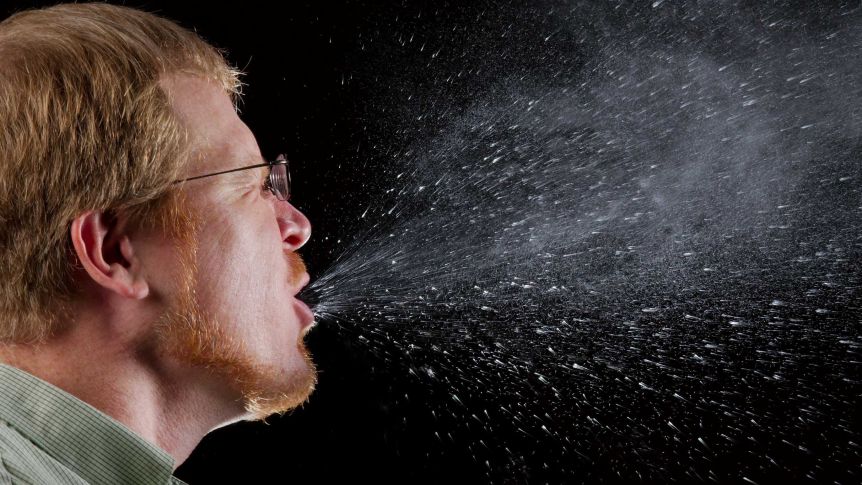The World Health Organisation (WHO) has published a new version of its list of frequently asked questions (FAQ) on the subject of the Covid-19 pandemic.
The FAQ is interesting in that it includes a question on aerosol transmission of the virus, a topic it had previously dismissed as unproven. But while it does discuss the matter briefly, the organisation seems not to give it the credence many scientists now consider it merits.
The FAQ explains the main vectors of transmission of the virus as “direct, indirect (through contaminated objects or surfaces), or close contact with infected people via mouth and nose secretions”.
It goes on to explain that the secretions in question “are released from the mouth or nose when an infected person coughs, sneezes, speaks or sings”. And it advises to maintain a distance of at least one metre to avoid being infected by the secretions.
However not only is that recommended distance considerably less than the social distancing advice in use in Belgium and many other countries (Belgium 1.5m, the UK six feet or almost 2m). In addition, the advice relegates the question of aerosol transmission to a place lower down the list of questions.
In recent days, scientists on the ground have been stressing the importance of aerosol transmission of the virus for prevention of the spread of Covid-19. A group of 239 doctors recently sent a letter to the WHO asking them to review their advice on aerosol transmission.
Aerosol transmission involves secretions in particles much smaller than those released when a person coughs or sneezes. These particles are produced by speaking loudly, singing or even breathing heavily, after exertion for instance. Because of their size, they are suspended in the air for longer than normal droplet secretions, and can be moved around by air currents.
The importance of recognising the dangers of aerosol transmission lies in the fact that it does not respect social distancing, being able to travel farther than one metre. In addition, someone who is not coughing or sneezing can still produce aerosol droplets, making the use of face masks more important.
The WHO has previously dismissed the arguments on aerosol transmission as being based on lab experiments not relevant to real-life conditions. However the evidence produced by the 239 doctors relied on evidence from infections in a Chinese restaurant and during a choir rehearsal.
When the FAQ does get around to mentioning aerosols, it reverts to its position of insisting the phenomenon is restricted to “some medical procedures” carried out by medical staff in health facilities. The evidence of aerosol transmission in everyday life situations “cannot be ruled out,” the organisation says, while seemingly doing just that.
“More studies are urgently needed to investigate such instances and assess their significance for transmission of Covid-19,” the FAQ concludes.
Alan Hope
The Brussels Times

